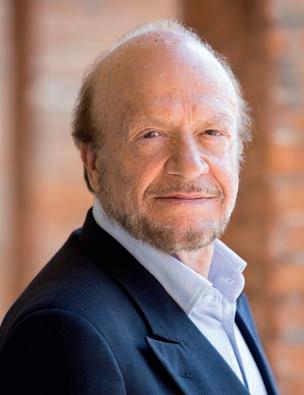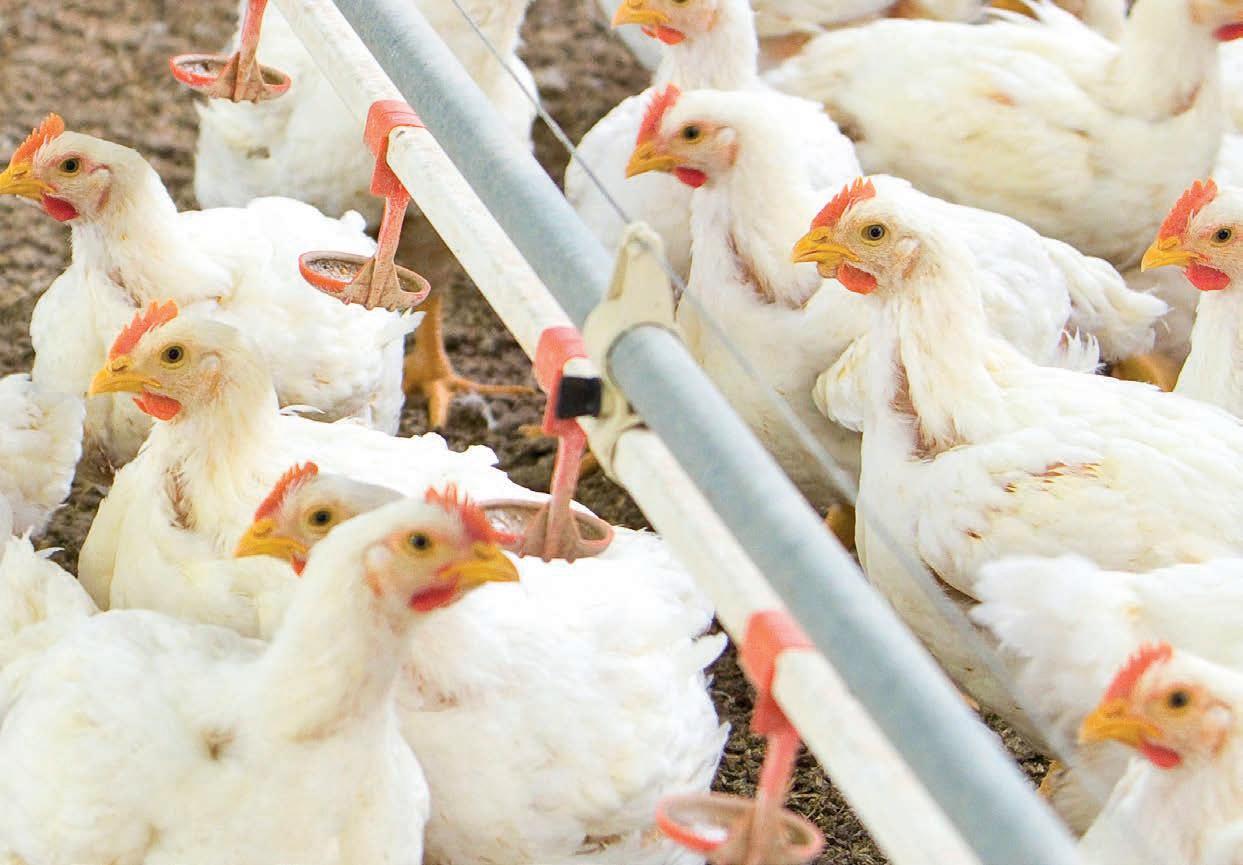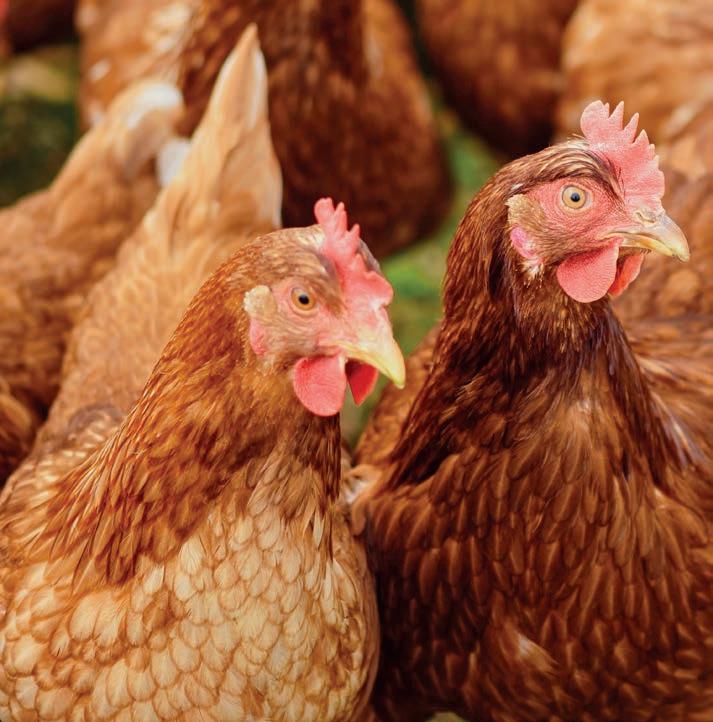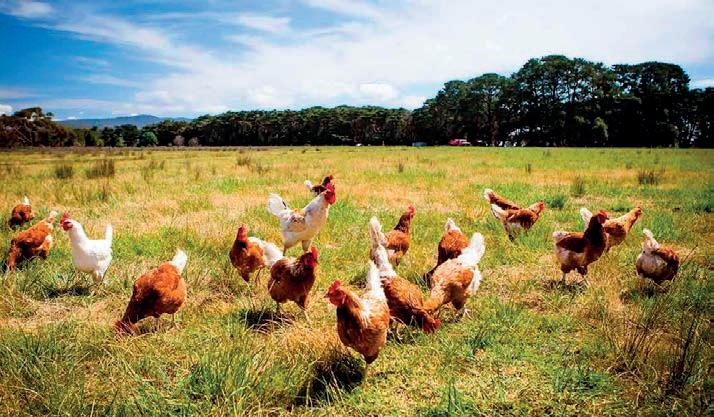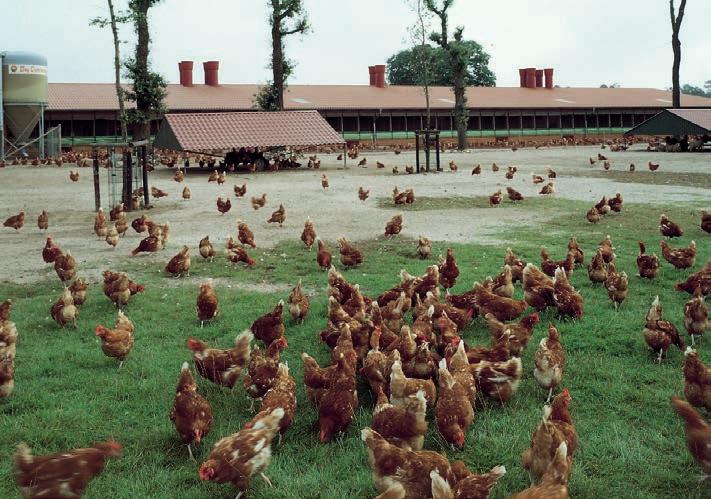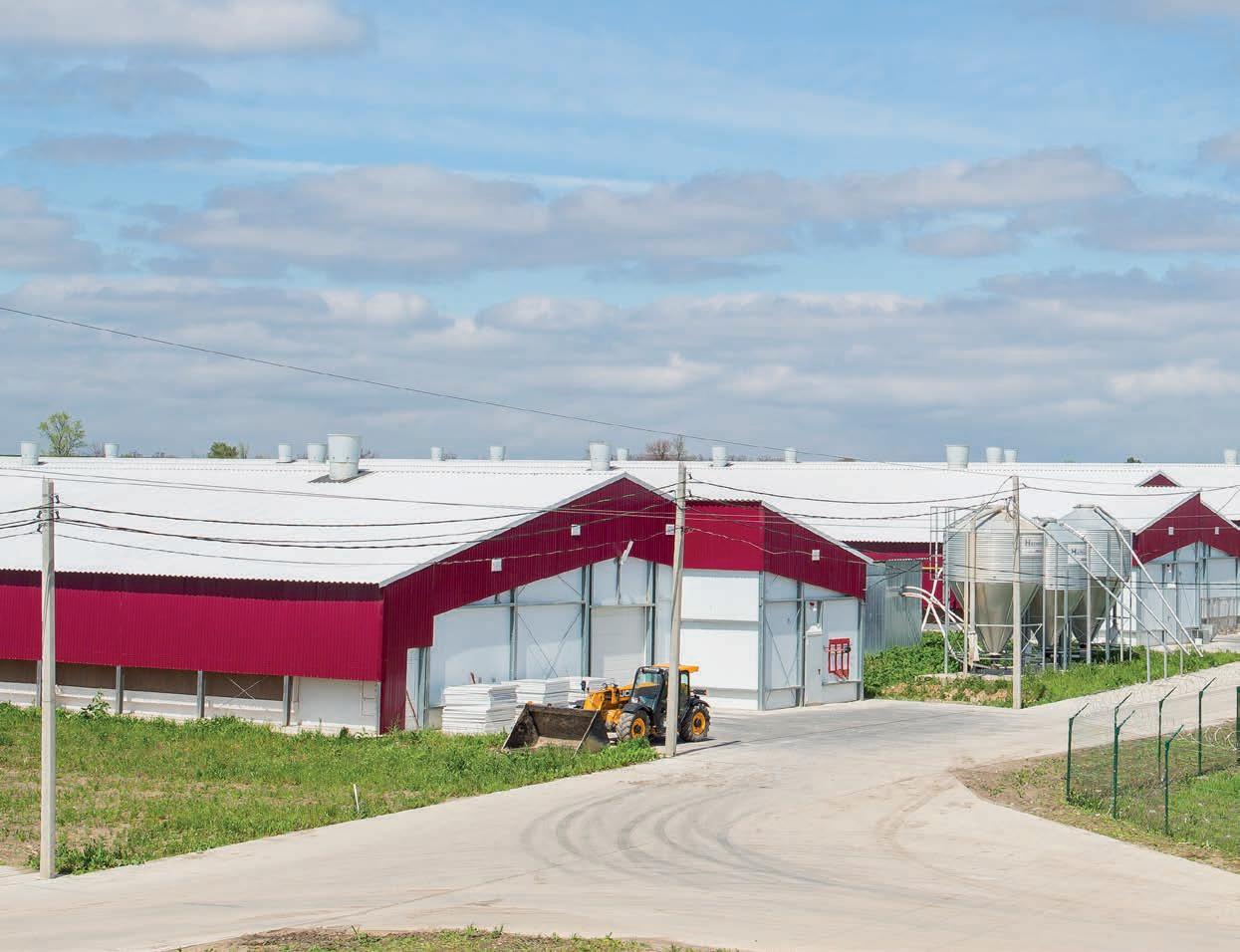
2 minute read
Chicken proteins thought to cause immune exhaustion
Two chicken proteins that may be involved in immune regulation of cancerous cells and viral infection, named Programmed cell death 1 (PD-1) and Programmed cell death ligand 1 (PD-L1), have been characterised for the first time by scientists at The Pirbright Institute.
They demonstrated that the protein structures and interactions were highly similar to those in humans and other animals, where activation of these proteins is known to cause immune cell ‘exhaustion’ and prevent the immune system from destroying infected cells. Their work will provide the basis for the development of immunotherapy treatments that block the pathway, which could revive immune cells and enable them to clear infection.
Advertisement
The PD-1/PD-L1 pathway is well understood in humans and its role in chronic viral infections is well established, but little research has been carried out on these proteins in birds. In a study published in Frontiers in Cellular and Infection Microbiology, Pirbright scientists characterised the chicken PD-1 and PD-L1 proteins (chPD-1 and chPD-L1) and determined that their predicted structure and interactions were similar to that of humans and other species, suggesting that they have the same ability to suppress immune responses. They also generated the first specific antibodies against chPD-1 and chPD-L1, which will allow researchers to ex- amine the interactions and effects of these proteins more closely.
In humans, PD-1 is found on the surface of immune cells, particularly T cells. Healthy cells in the body display a PD-L1 receptor and when this binds to PD-1 it inactivates the immune cell, preventing it from destroying healthy tissues. Cells infected by viruses usually remove their PD-L1 receptors, triggering T cells to attack and halt the spread of infection.
However, some viruses increase the number of PD-L1 receptors displayed by the infected cell, preventing its destruction and allowing the virus to continue replicat- ing. Chronic viral infections can lead to T cell exhaustion, where T cells that react against the specific virus become non-functional.
“Demonstrating that this pathway exists in birds will help us to establish how the poultry immune response deals with viral infections”, said Professor Venugopal Nair OBE, Head of the Viral Oncogenesis group. “We are confident that the similarity of chPD-1 and chPD-L1 pro- teins to those in other species means that they are also involved in suppressing the poultry immune system.”
“Our next steps will be to investigate the role of chPD-1 and chPD-L1 pathways during infection and how viruses such as Marek’s disease virus manipulate the pathway to evade destruction, allowing the virus to remain latent in the infected cell and cause diseases such as cancer. This could help us to create immunotherapies that revive T cells from their exhausted state and allow them to deal with infection. Although the antibodies we created did not prevent interaction between chPD-1 and chPD-L1, we hope further research will result in antibodies that block this pathway and can help to alleviate economically im- portant poultry diseases,” added Professor Nair.
This research was supported by the Biotechnology and Biological Sciences Research Council (BBSRC), part of UK Research and Innovation (UKRI), and the Royal Society International Collaboration Award for Research Professors.
Source: The Pirbright Institute

